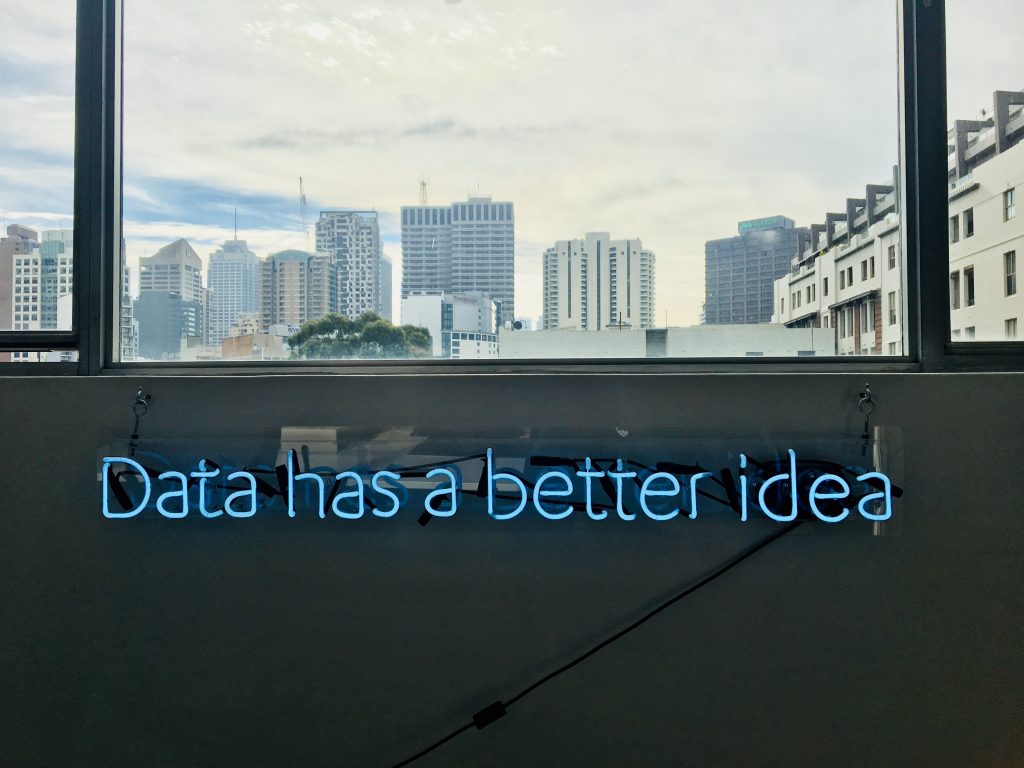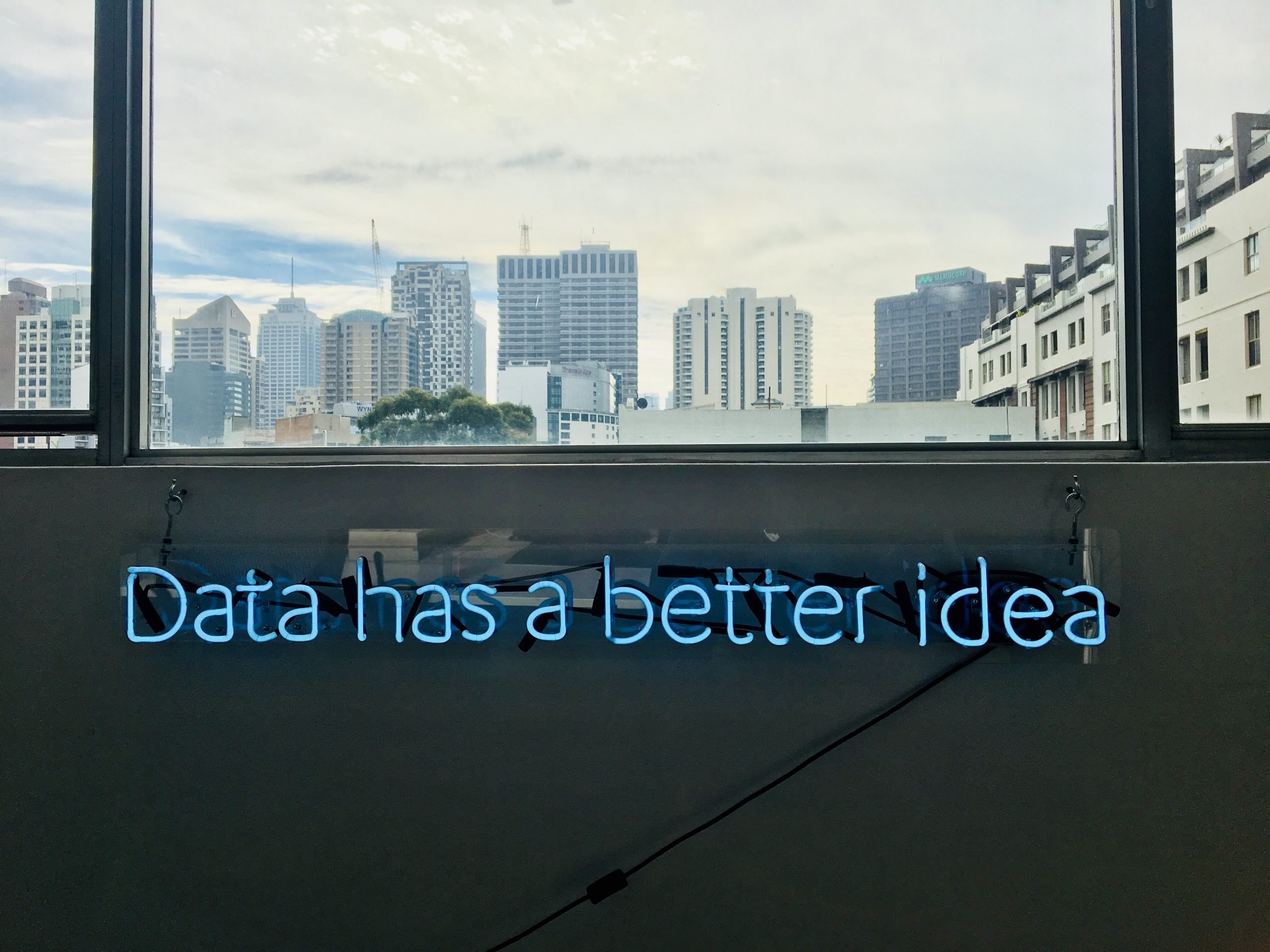Social distancing might invite unanticipated results.

By Vic Napier
Back in 2018 I posted a Medium article explaining how the media exploits our emotional reactions to tragedy in order to attract viewers and advance social and political agendas.
Here’s a bit of that article:
When our brain becomes emotional, it is no longer logical. Our brains cannot simultaneously hold strong emotions and logical cognitive function at the same time. In one of my previous articles on math anxiety, I go into detail about this. During times of emotional stress, the need to scan the environment for dangers overwhelms our working memory.
This is why people and organizations with agendas come out of the woodwork during items of crisis. The best chance of success in gaining approval or support for a plan is when people are not thinking clearly in the aftermath of a tragedy.
Rahm Emmanuel gets credit for the phrase: “Never let a good crisis go to waste.”
This is why the aftermath of tragic shootings is always followed by calls for gun control from the gun control advocates, calls for more funding for mental health from mental health advocates, calls for armed teachers from the pro-gun groups, and calls for armed guards from police and security organizations. (You can read the rest here.)
They are using the same techniques with the Coronavirus.
Every year we go through “flu season”. It’s routine. We are urged to get a flu shot, wash our hands and stay home when we are sick. That’s good advice. The flu is uncomfortable to say the least, and sometimes people die from it.
According to the Centers for Disease Control, (CDC), seasonal flu kills 12,000 to 61,000 people annually in the US.
But those numbers rarely make the news because…it’s not news. Those deaths are so predictable, so closely related to everything else we anticipate about flu season, the media pays little attention to it.
It’s not emotionally intrusive enough to bring eyeballs to web pages and therefore is ignored. Coronavirus is different. It spreads more easily and has a higher fatality rate.
And the news media is capitalizing on that aspect.
Headlines and videos breathlessly scream out every positive test for the disease and every tragic death. Those stories are followed by pronouncements from politicians and health officials warning of ever more concerning possibilities.
Here are a few recent headlines. It took no time at all to find them.
Fauci: ‘If it looks like you’re overreacting you’re probably doing the right thing’
Trump to find out TOMORROW if leader he shook hands with has coronavirus
Italian couple who had been together 60 years die from coronavirus just two hours apart
Some fear that the criminal justice system may not be ready for a major outbreak.
The media is hyper focusing on this crisis in the same way it hyper focuses on mass shootings. That is to say, wall to wall coverage to the exclusion of everything else. It’s stressful and disturbing. And we can’t get away from it.
But there a couple of things making Coronavirus different.
First, the alarm is not about events that are happening, it’s about what might happen.
For example, how widely and quickly the disease may spread. Worst case estimates of infection rates and fatalities. Are there enough hospital beds? Ventilators? Test kits? What if police and doctors get sick?
Second is the really concerning thing…
Unlike other crises the media hyper focuses on, this one will be around for a while. Mass shootings fade away in a week or so. The same as natural disasters, deaths of world leaders and terrorist attacks.
Coronavirus is not going away any time soon and the media will exploit it for weeks. Maybe months.
I wonder…
One of the best ways to combat epidemics is through social distancing — simply avoiding or discouraging large groups of people assembling in small areas. Already colleges and high schools are cancelling courses or closing all together. Businesses are requiring employees to stay home and telecommute. Huge chains like Nike are closing completely.
Sooner or later Coronavirus will fade from the headlines. After the crisis is over, will we go back to doing the same things we did before? Or will we expand our use of technologies allowing us to work and play together without actually being together?
Although business has been embracing internet technologies for decades, the move to remote jobs and business meetings has been very slow. Online education has been a disappointment. According to National Center for Education Statistics, only about 15% of college students are enrolled in full time online college programs. A 2016 academic paper claims that only about a third of businesses offer full time telecommuting positions, but the total number of remote jobs is unclear.
We might be on the verge of an economic transformation.
Maybe Coronavirus will deliver the push we need to create a low-cost high-speed internet infrastructure. Virtual reality combined with artificial intelligence and high-speed internet is already making it possible for people separated by geography to meet anywhere they like.
Humans represented by avatars identical in appearance to them can meet anywhere. Maybe an outdoor cafe in Venice, or a ski lodge in Colorado. This isn’t futuristic fantasy. It’s already happening in computer labs.
Don’t believe it?
Listen to Peter Ruben of Wired Magazine in this Big Picture Science podcast or read his 2018 book, Future Presence. This future is not only possible, but may have been waiting for a time when it would be accepted by large numbers of people.
The reduction in transportation costs and the increase in productivity by using this technology would be phenomenal. It would ignite a new economy creating wealth and jobs like never before.
Infrastructure no longer means roads, rails and bridges.
Our concept of infrastructure needs to include national or global wi-fi with enough bandwidth to carry immersive virtual reality. In order to make this happen, a true 21st century infrastructure would need to develop.
